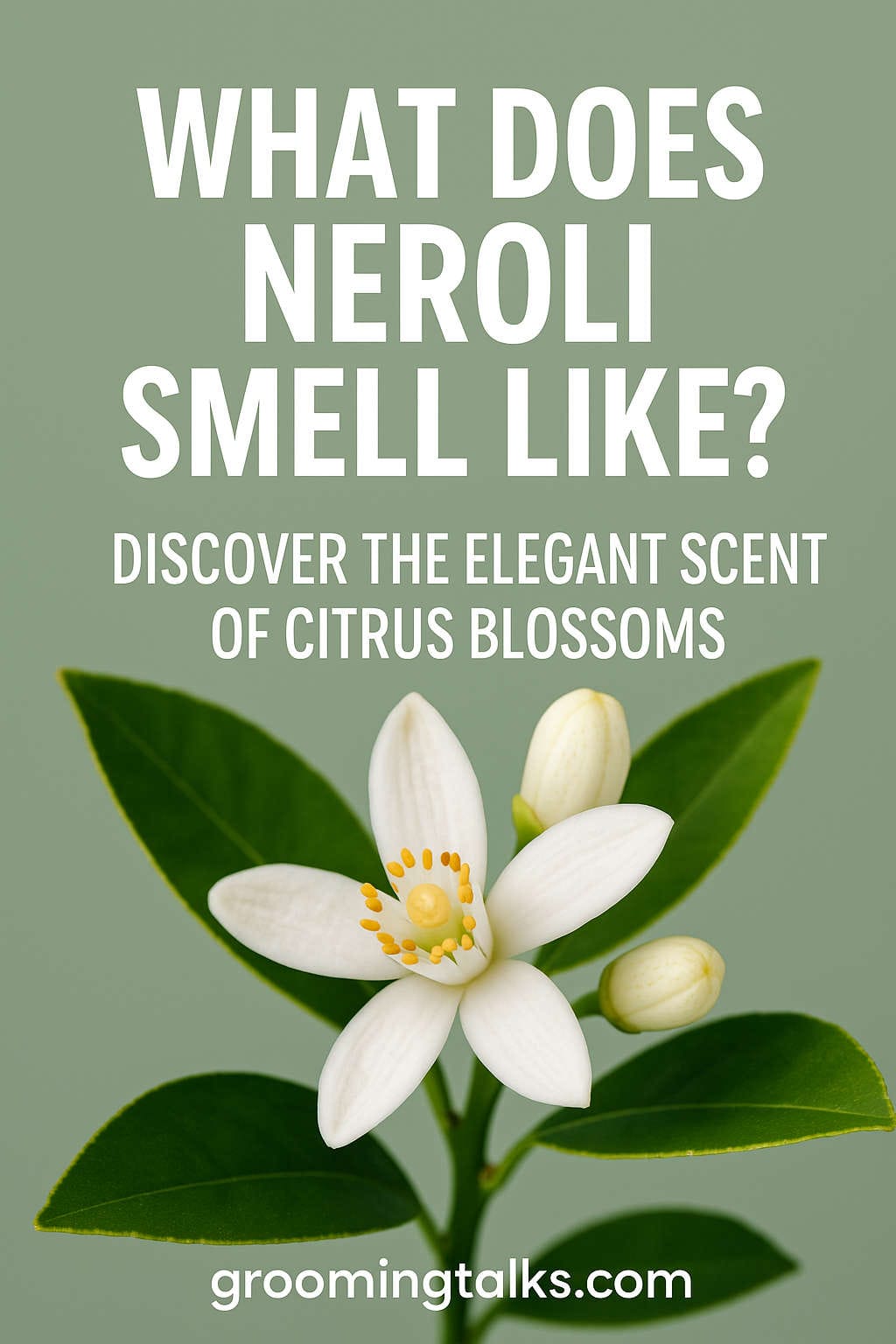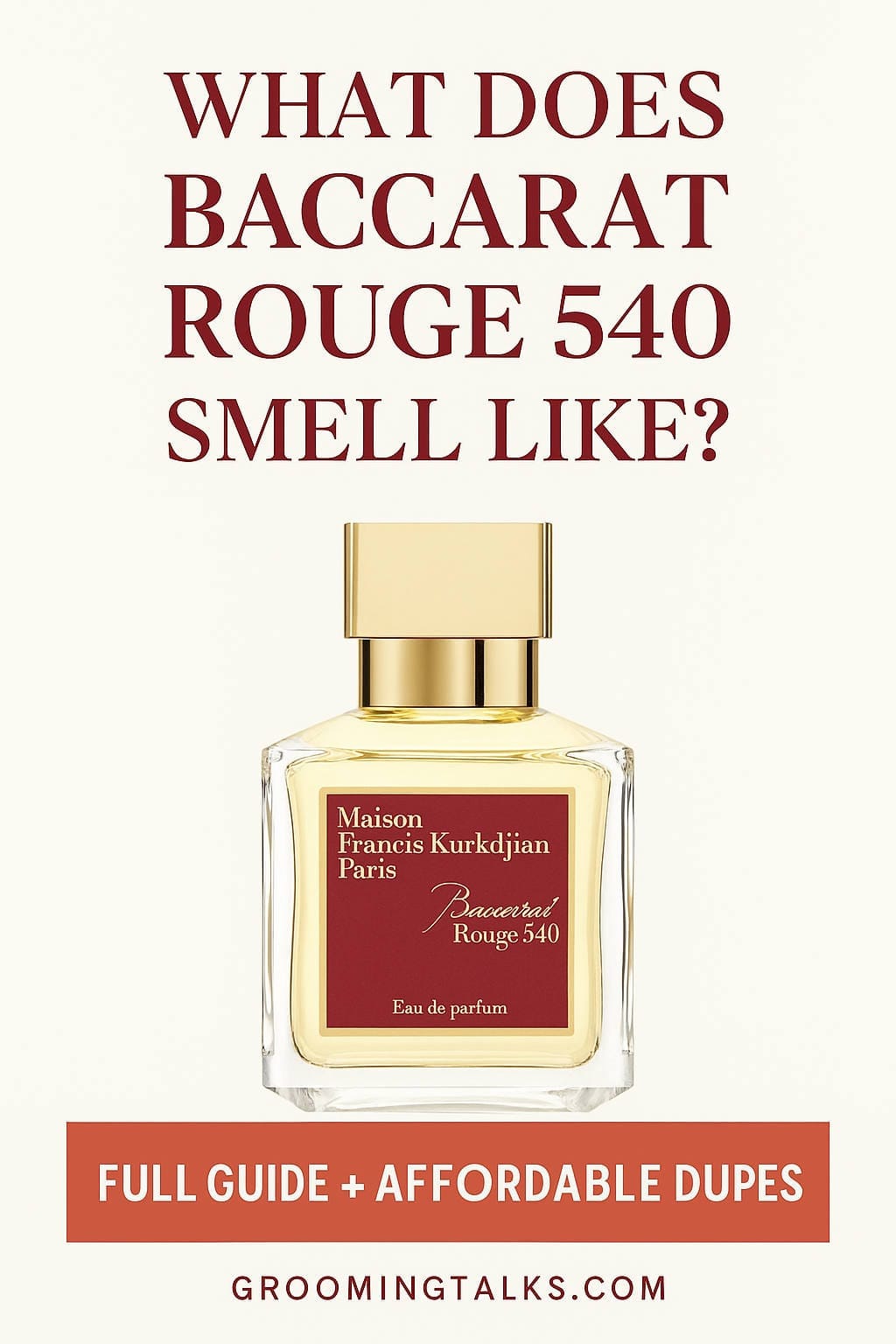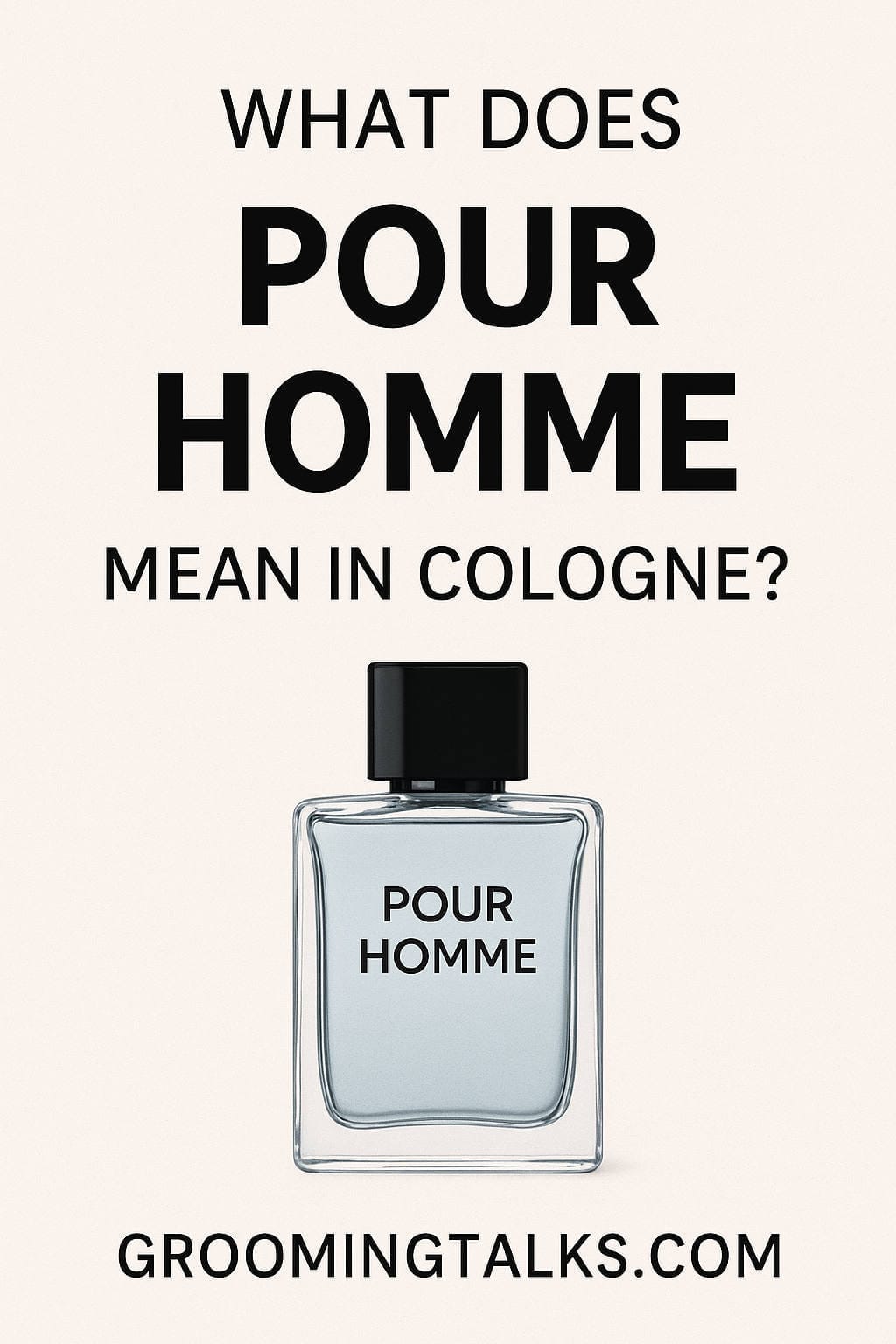If you’ve ever caught a whiff of something that smells like a fresh spring morning, kissed with sweet citrus flowers and a hint of honeyed air, you might have encountered neroli. But what exactly is neroli? And more importantly, what does it really smell like?
This guide dives deep into the world of neroli: its origins, its olfactory personality, its role in perfumery, and how it can enrich your self-care rituals. Whether you’re a seasoned fragrance enthusiast or simply curious, you’re in for a sensory treat.
Understanding Neroli: More Than Just a Pretty Flower
Neroli is an essential oil derived from the blossoms of the bitter orange tree, known botanically as Citrus aurantium var. amara. The extraction process typically involves steam distillation of the delicate white flowers. This method captures the oil’s volatile compounds and preserves its distinctive aroma.
What makes neroli particularly fascinating is that it comes from the same tree as two other fragrant materials: orange blossom absolute and petitgrain. Each is extracted from different parts of the plant, but neroli stands out due to its uniquely ethereal fragrance profile.
Neroli oil has been prized for centuries. Its name is believed to be inspired by the 17th-century Princess of Nerola, who used the scent to perfume her gloves and bathwater. Today, it’s still regarded as one of the most luxurious floral notes in the world of perfumery.
What Does Neroli Smell Like?
Describing a smell in words is always a challenge, but neroli has such a distinct scent that it tends to leave a lasting impression. At first inhale, neroli feels like a gentle caress of freshness and light.
The best way to describe it? Imagine walking through an orange grove in bloom at sunrise. The air is cool and slightly damp with dew. The blossoms are just beginning to open, releasing a fragrance that’s both subtly floral and brightly citrusy. There’s a clean, almost soapy undertone, and a soft whisper of honey and green leaves.
More technically, neroli offers a combination of:
- Freshness from its citrus origins
- A light floral heart
- Green, herbaceous nuances
- A delicate sweetness reminiscent of honey
- A clean, almost powdery or soapy dry-down
This multi-faceted fragrance makes it incredibly versatile and universally appealing. It’s neither overpowering nor cloying, making it a perfect choice for those who like natural, understated elegance.
The Difference Between Neroli, Orange Blossom, and Petitgrain
It’s easy to confuse neroli with orange blossom or petitgrain since they all originate from the same plant. But they each have their own personality:
- Neroli Oil: Extracted from the blossoms through steam distillation. Smells fresh, green, lightly floral, and crisp.
- Orange Blossom Absolute: Also from the blossoms but via solvent extraction. Richer, deeper, and more indolic (meaning it has a slightly animalic or heady quality).
- Petitgrain Oil: Extracted from the leaves and twigs. Herbaceous, woody, and bitter-green with a citrus undertone.
So while they may share a botanical lineage, their fragrances offer completely different experiences. Neroli is the bright, elegant sibling—refined and fresh.
Why Is Neroli So Expensive?
Neroli isn’t just prized for its aroma; it’s also known for its rarity and difficulty to produce. It takes about 1,000 kilograms of orange blossoms to yield just 1 kilogram of neroli oil. The flowers are also extremely delicate and must be processed quickly after harvesting to preserve their scent.
This labor-intensive process, combined with high demand in both perfumery and skincare, makes neroli one of the more costly essential oils on the market.
Emotional and Wellness Benefits of Neroli
Besides its intoxicating aroma, neroli oil is valued for its therapeutic benefits, especially in aromatherapy and natural wellness.
- Mood Booster: Neroli is known for its calming properties. Inhaling it can help reduce stress, ease anxiety, and improve overall emotional well-being.
- Sleep Support: Many people use neroli in bedtime rituals to promote deeper, more restful sleep.
- Aphrodisiac Qualities: Its sensual, slightly sweet scent is thought to have mood-enhancing and intimacy-boosting properties.
Whether you diffuse it, add it to your bath, or use it in a body oil, neroli is a gentle yet effective way to elevate your emotional state.
Neroli in Perfumery: A Fragrance Star
Neroli’s complexity makes it a favorite among master perfumers. It can be a radiant top note, a heartwarming middle, or even play nicely in the base when paired correctly.
Its freshness makes it ideal for:
- Citrus Fragrances: Paired with lemon, bergamot, or grapefruit.
- Floral Blends: Works beautifully with jasmine, rose, and ylang-ylang.
- Herbal or Green Scents: Enhances notes of basil, mint, and rosemary.
- Woody Bases: Balances deeper tones like sandalwood and vetiver.
It’s no surprise neroli is often found in classic colognes, especially those in the eau de cologne tradition, where freshness is key.
Iconic Perfumes That Feature Neroli
Want to experience neroli firsthand? Here are some popular fragrances that showcase its beauty:
- Tom Ford Neroli Portofino: A luxurious, bright, Mediterranean blend. Neroli shines with citrus, florals, and amber undertones.
- Jo Malone Orange Blossom: While named after orange blossom, neroli plays a starring role in this fresh, delicate composition.
- 4711 Original Eau de Cologne: A historic unisex scent that dates back to the 18th century. Neroli is front and center, along with lemon and lavender.
- Maison Francis Kurkdjian Petit Matin: Combines neroli with lavender and musk for a crisp morning scent.
- Creed Neroli Sauvage: A sophisticated citrus fragrance with a strong neroli core, favored by both men and women.
Exploring perfumes with neroli can be a fun way to understand how it interacts with other notes and evolves on your skin.
Neroli in Skincare and Beauty
Neroli isn’t just a pretty scent. It’s also a powerhouse ingredient in high-end skincare.
- Antibacterial: Helps cleanse and protect the skin from harmful microbes.
- Anti-inflammatory: Reduces redness and calms sensitive skin.
- Skin Regenerative: Encourages cell turnover and improves elasticity.
- Gentle and Non-Irritating: Suitable even for dry, aging, or acne-prone skin.
You’ll find neroli in facial oils, serums, toners, and even handmade soaps and body lotions. It adds not just a soothing fragrance but also real skin benefits.
How to Use Neroli at Home
If you’re inspired to bring neroli into your own life, here are some practical and enjoyable ways to use it:
- Diffuser Blend: Add 3-4 drops of neroli oil to your diffuser along with lavender or bergamot for a calming, cheerful atmosphere.
- DIY Face Mist: Mix distilled water, a few drops of neroli, and rose water in a spray bottle for a refreshing facial mist.
- Bath Ritual: Add a few drops to a warm bath with Epsom salts for a luxurious, mood-lifting soak.
- Massage Oil: Combine neroli with a carrier oil like jojoba or sweet almond for a relaxing body oil.
- Perfume Substitute: Dab a diluted drop on your pulse points for a natural, elegant fragrance.
Always make sure to dilute essential oils properly before applying them to your skin.
The Emotional Signature of Neroli
What sets neroli apart from other floral or citrus notes is its emotional depth. It’s both cheerful and calming, uplifting yet grounding. This makes it incredibly effective for creating an ambiance of peace and clarity.
Many people associate neroli with:
- New beginnings (often used in wedding bouquets and bridal fragrances)
- Romance and intimacy
- Warm weather and Mediterranean breezes
- Cleanliness and purity
Its versatility means it can take center stage in a fragrance or play a supportive role, but it always leaves an impression.
Final Thoughts: Why Neroli Deserves the Spotlight
Neroli is more than just another floral note. It’s a fragrant experience wrapped in sunshine and serenity. It manages to be bright without being sharp, floral without being heady, and sweet without being sugary. It’s this rare balance that makes neroli so universally loved and timeless.
Whether you wear it, diffuse it, or use it in your skincare, neroli is a scent that brings a little elegance and emotional lift to your everyday life. Once you’ve experienced its charm, it’s hard to forget.
So the next time you come across a fragrance or product featuring neroli, take a moment to inhale deeply. Let it transport you to a blooming orange grove, where nature’s elegance is distilled into a single, golden drop.






